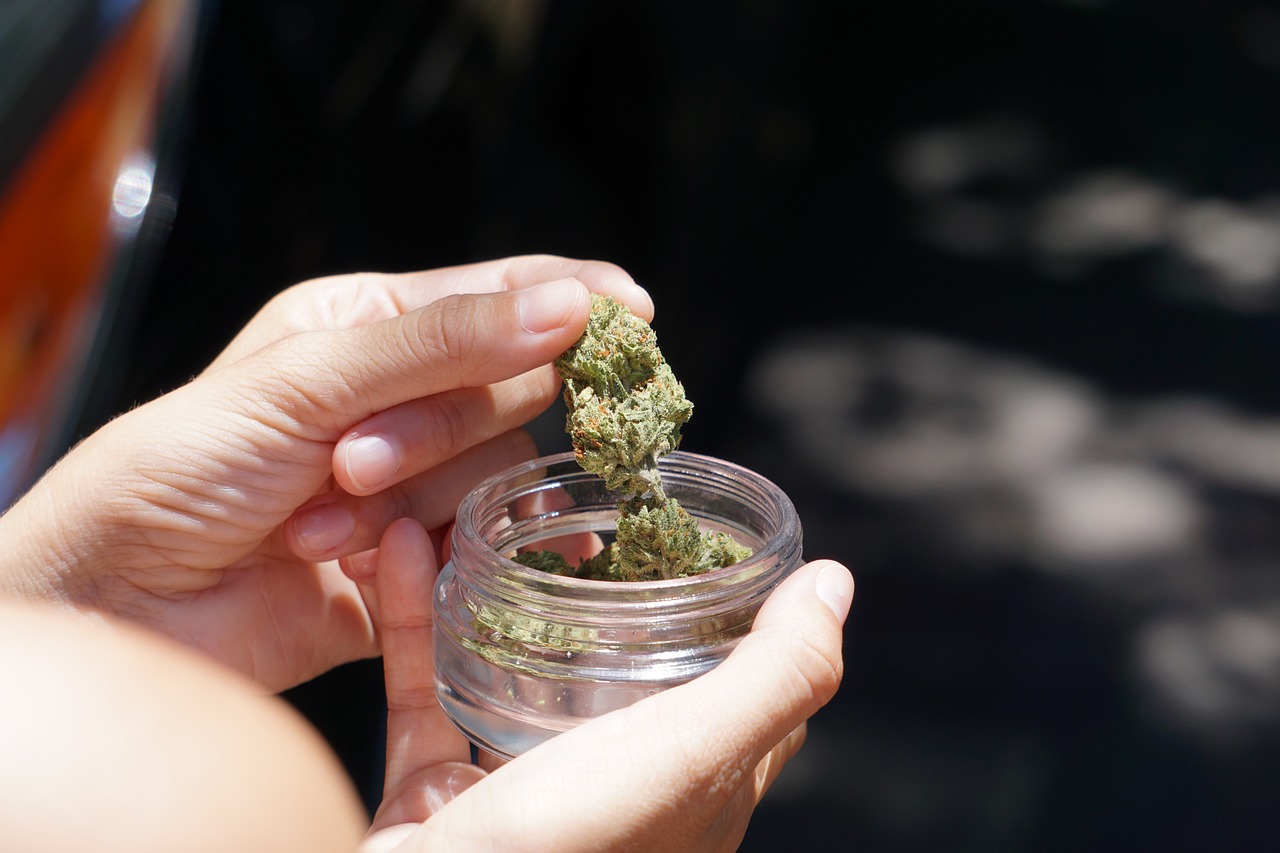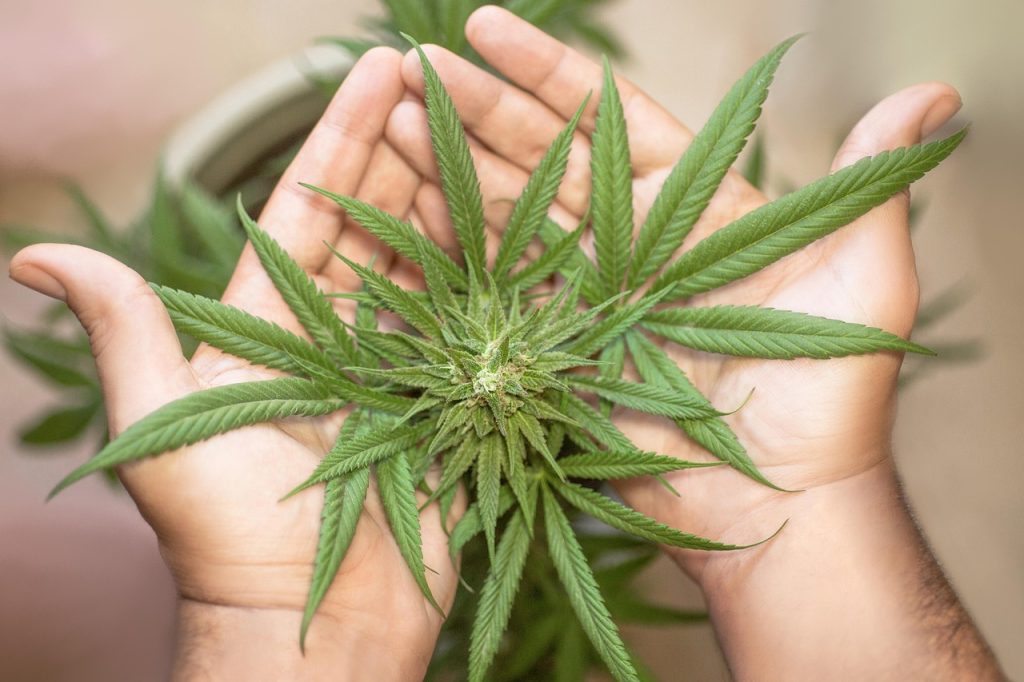Autoflowering cannabis seeds have gained popularity among both beginners and experienced growers. Despite this, many myths surround them, which create confusion and hold some back. Knowing the facts helps you avoid common mistakes and get the best results. Here are six common myths about autoflowering seeds — and the truth behind them — to help you grow with confidence.
Myth 1: Autoflowering Plants Don’t Need Proper Care
One of the biggest misconceptions about autoflowering plants is that they require little to no attention. It’s often assumed that because they are easy to grow and have a shorter life cycle, they don’t need the same level of care as photoperiod plants. This simply isn’t true.
While autoflowers are less demanding when it comes to light schedules, they still require proper care, just like any other plant. They need adequate light, regular watering, and the right nutrients to thrive. Their growth cycle is shorter, but that doesn’t mean they don’t need attention. Neglecting your autoflowers can lead to stunted growth, lower yields, and poor-quality buds.
Myth 2: These Seeds Are Less Potent Than Regular Ones
This myth stems from the fact that autoflowers are bred for faster growth and ease of cultivation, which leads some to assume that they must be less powerful. However, this is not the case.
While it’s true that autoflowering plants tend to have slightly lower THC content on average compared to some top-tier photoperiod strains, many varieties are bred to produce high THC levels. Advances in breeding have resulted in autoflowers that rival traditional cannabis in terms of potency, flavor, and effects. Strains like Girl Scout Cookies and Do-si-dos are known for their powerful effects. They are ideal for those seeking a strong experience.
Potency depends on genetics, not just autoflowering. Check THC and CBD levels to find a strain that fits your desired strength.
Myth 3: Autoflowering Plants Can’t Be Trained or Pruned
Many believe autoflowers can’t be shaped or trimmed due to their fast growth and short vegetative stage. This idea assumes these actions cause too much stress and lower yields. In fact, these plants respond well to gentle care.
Techniques like Low Stress Training (LST) and Sea of Green (SOG) help shape the plant and boost bud sites, which increase yields. Pruning lower, unproductive branches directs energy to the top buds.
However, because autoflowers have a limited vegetative stage, it’s important not to overdo it. Excessive stress can stunt growth and harm the plant’s overall health. For best results, begin training early in the plant’s life cycle and avoid heavy pruning once flowering starts. To explore top-quality autoflower seeds and get started confidently, learn more here.
Myth 4: Autoflowers Are Only for Beginners
While autoflowers are indeed easier to manage due to their shorter growth cycle and less strict light requirements, they are not just for novices. Experienced growers can also benefit from them. For example, autoflowering seeds are ideal for:
- Stealth grows
- Smaller spaces
- Quick harvests
They allow advanced growers to have multiple harvests per year, which is especially valuable for those running multiple grow cycles.
Additionally, autoflowers offer great options as hybrid strains that combine the best traits of indica and sativa. These hybrids give seasoned growers more choices in potency, flavor, and effects while maintaining autoflowering benefits like speed and easy cultivation.
Myth 5: These Plants Are Smaller and Less Productive

Many autoflowering strains are bred to maximize yield within their compact size. For example, options like LA Kush Cake and Northern Lights can produce impressive yields despite their shorter life cycle. The key to maximizing yield with autoflowers is ensuring they have the right conditions, such as proper lighting, nutrient levels, and enough space to grow.
The compact size of autoflowering seeds can be an advantage in small grow spaces, which allows for higher-density planting. The shorter grow cycle also means you can harvest more frequently, which increases overall productivity in a given period.
Myth 6: Autoflowers Are Expensive and Not Worth the Investment
This myth may stem from the fact that some premium autoflower seeds can be priced higher than regular ones. However, when you consider their advantages, such as fast growth and ease of cultivation, they can actually be a cost-effective choice.
Autoflowers typically require less time and resources to grow compared to photoperiod plants. Additionally, they are often less sensitive to light schedules, which means you don’t have to worry about the complexity of light cycles.
Overall, autoflowering seeds might have a higher upfront cost. However, their quick turnaround and ease of growing make them a worthwhile investment, especially for new growers looking to simplify the cultivation process.





















